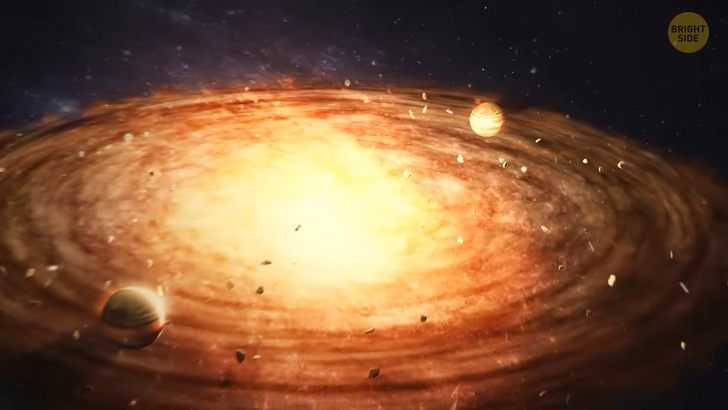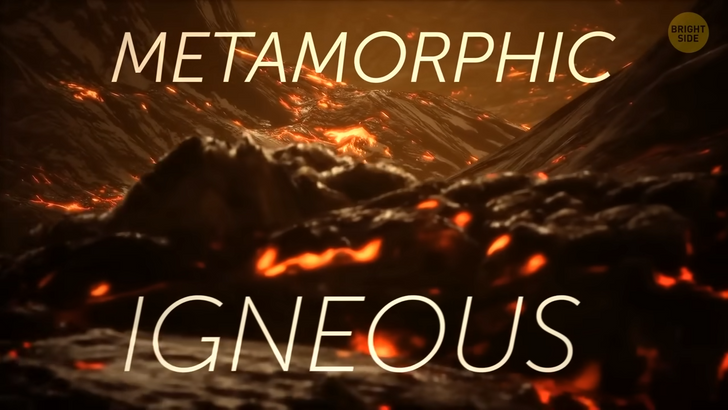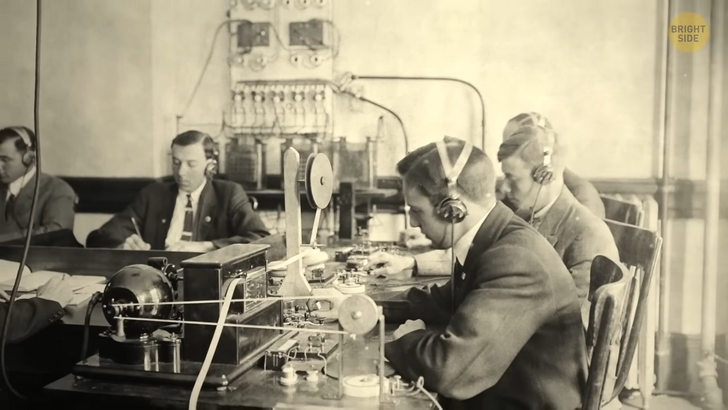10 Mothers-in-Law Who Know How to Stir the Pot


Electronic satellites suddenly go out of control. There are voltage surges across the globe. In some places, there’s a complete blackout. Scientists have little data on this incredible solar behavior, so we’re still unable to accurately predict how or when exactly the next geomagnetic storm will happen.
One such event took place back in July 2012, but thankfully, it missed us. Not by far, though, by a mere 9 days! Just to give you a glimpse of what nearly happened, I need to explain some astronomical basics.

A solar storm is a series of effects we feel here on Earth after certain events occur on the Sun. Our star is nothing more than a huge ball of molten gases that are constantly moving around, so these events happen more often than you’d think. For a solar storm to begin, our Sun needs to emit bursts of energy. They are in the form of solar flares and coronal mass ejections.
These two phenomena send electrical charges and waves of magnetic fields toward the Earth at an astonishing speed — of about three million miles per hour. When these solar storms reach our planet, we can see northern lights display in locations close to the Arctic Circle. But they can also mess up satellites or other types of electronic communications.
Some of these solar storms can be dangerous, and back in 2012, we came close to experiencing a very powerful one that could have had a serious outcome. The most powerful in as much as 150-plus years, based on research done by astronomers. But how did we manage to escape it? Did we have something to do with it or was it just a pure coincidence? What we do know is that one of those coronal mass ejections did hit the Earth’s orbit in late July 2012.

Our planet had already left that specific location as it was on its scheduled trajectory around the Sun. So you might be asking yourself at this point: what if it didn’t miss us? Turns out these intense solar storms are dangerous to all sorts of technological objects. Given we are now literally surrounded by electric objects, from our phones to our cars, try to imagine what would happen if they all stopped working all of a sudden.
And here’s how they work: solar storms start with an explosion — or a “solar flare.” Then X-rays and UV radiation travel to our Earth at the speed of light. Some of the side effects? Well, they can include radio blackouts and GPS navigation errors. The effects can continue as minutes — or at times hours — later, energetic particles reach our atmosphere.
They move only a bit slower than the speed of light, but they can electrically shock the Earth’s satellites and damage their components. Lastly, about a day later, clouds of magnetized plasma reach us as well. They can cause huge power blackouts, more or less paralyzing everything with an electrical plug. We might not even be able to flush our toilets since most water supplies in cities use electric pumps these days!

The effects of these geomagnetic storms would be different around the world, though. Solar storms are curious by themselves, but why do they affect some locations on Earth more than others? Based on recent research, geology has a lot to do with it. But I need to take you back a bit to paint you the bigger picture.
Buckle up, ’cus we’re taking a trip in the time machine. To a time when the Moon didn’t even exist. Yet! 4.6 billion years ago, our Solar System looked a lot different than it does now, and that’s putting it lightly! Hundreds of new planets began to form around the new Sun. Planets like our own Earth, Venus, or Mars were still hurdling around the cosmos.
Back in the 1970s, an astronomer named Donald R. Davis developed a theory that said the Moon was born when another planet hit a newly formed Earth about 4.5 billion years ago. He also indicated that it might have been the size of Mars and later named this planet Theia. It’s difficult to imagine what that impact might have looked like, even with the equipment we have these days. The astronomers suggested the Giant-impact hypothesis trying to piece together this mystery.

After running into our planet, the outer rocky layers of both Earth and Theia were projected into a circle of cosmic matter. Out of this debris, what we now know as the Moon was born. The Earth’s core has apparently consumed Theia’s iron core — that is, if it had any. Our planet also got into the position it occupies today. This way, it became more susceptible to geomagnetic storms.
Back then, there was little to no information as to what might have happened to Theia, apart from giving us our only natural satellite. It took several years for a series of scientists to come up with an exciting new idea that revolutionized what we knew about our planet! What was left out of Theia is hiding under two continent-sized layers of rock deep within our planet. This theory is also one of the only explanations for why the Moon is so dry and doesn’t have much of an iron core. But why is geology so important when it comes to geomagnetic storms?
Well, that’s because recent data revealed that the type of rocks below your feet can affect how well your city adapts after powerful geomagnetic storms. Some types of rocks, like sedimentary rocks, for example, generally have more space filled with water, which makes them electrically conductive. Other types of rocks [metamorphic and igneous rocks] are denser and have more resistance when it comes to electricity.

Whenever such a storm happens, people living in the New England Highlands may have a higher risk of experiencing major disruptions. At the same time, those in the Mid-Atlantic Coastal Plain have less to worry about simply due to what’s hidden beneath their cities. How did we know how scary these storms are? Well, this wasn’t the first time it happened! Solar storms have dazzled the astronomer community for many years now.
The most iconic event of this magnitude was the Carrington Event, which happened way back in September 1859. It gave us a sneak peek of what the power of the Sun is, to say the least! They named it after an English astronomer — Richard Carrington — who witnessed the solar flares himself. The power of that solar storm was something humans had never experienced before. The strong geomagnetic storm caused Northern Lights as far down south as the territory of Hawaii!
On the morning of September 1, 1859, Richard Carrington made his way into his private observatory, located outside of London. He opened the observatory dome to have a complete view of the sky and directed his telescope to the location of the Sun. He saw a bunch of huge dark spots that gleamed on the surface of our star. Shortly enough, Carrington noticed two enigmatic areas, intensely bright and full of white light bursting out from the sunspots.

They disappeared five minutes later, but the effects carried on all across the Earth’s surface. At first, later in the night, telegraph communications all around the world started to malfunction. Flashes of light started to burst from telegraph machines, disturbing the operators and even setting papers on fire. Brightly colored auroras started to appear in the nighttime skies all over the world, making confused birds chirp at night! Some people even began their daily activities since they mistakenly thought the day had already begun.
These days our planet is laced with a mega information web, so the impact of such a solar storm would be even messier. Back in the 1800s, the telegraph system was just starting out, but this “Victorian Internet” was an important way of sending news and private messages. Even in the United States, telegraph operators had noticed local interruptions because of thunderstorms and northern lights before, but the Carrington Event and its effects were something they had never seen before.

A lot of telegraph lines in North America became useless. One telegraph manager based in Pittsburgh even recalled that the currents flowing through the wires were so strong their platinum contacts were in danger of melting. Another example was that of a telegraph operator located in Washington, D.C., named Frederick W. Royce, who was hurt as his forehead touched a ground wire.
Samples taken from the Earth’s icy locations tell us that the Carrington Event was twice as big as any other solar storm experienced in the last 500 years. It’s very difficult to imagine what the impact of a storm of that magnitude might be today. But based on a 2008 report drafted by the National Academy of Sciences, it might cost us between $1 trillion and $2 trillion in damages. There are things we can do individually to help reduce the amount of damage, though.

Like buying a generator or installing a backup energy supply. This can be either a solar panel or a wind turbine. More so, we can equip our houses with surge protectors that connect to our electrical panels and can save us from lightning and other power surges.
The simplest solution of them all? Just unplug all the devices you’re not using at any particular moment. If they aren’t connected to a power source, they can’t be affected by any surges.











